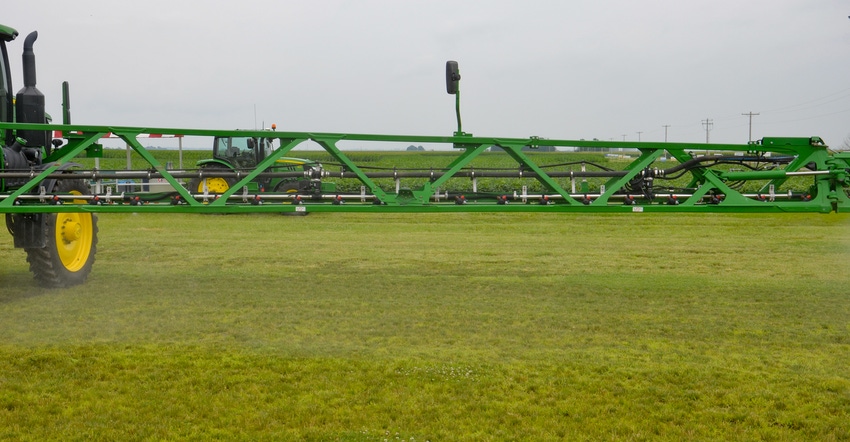
Two important factors that can influence both your blood pressure and the effectiveness of herbicides didn’t get much attention until Fred Whitford started talking about them. Your blood pressure may go up if hard water leads to problems with solids settling out of solution. The pH of the spray mixture can influence how well herbicides work.
Whitford is director of Purdue University Pesticide Programs. Here is Indiana Prairie Farmer’s exclusive interview with him:
Water hardness and pH aren’t the same thing, correct? Is there a correlation? You’re correct — they aren’t the same thing. They’re separate factors and aren’t correlated in any way in the spray tank.
Is it normal to expect a water softener to remove hardness but not change pH? Yes. Water hardness and pH are two independent factors.
For spray mixtures, should someone correct for hardness, pH or both? It can be neither, either or both. Generally, we consider hard water anything which contains more than 200 parts per million of minerals, which make the water “hard.” A pH above 7.0 can be bad for many herbicides. However, a lower pH can affect a handful of herbicides, as well.
What can someone use to correct the hardness of water? There are several products which can work. If water is hard, the recommendation is often to add ammonium sulfate in dry form or liquid substrates. Ammonium sulfate and other water conditioners help with herbicides like glyphosate that react to calcium and magnesium in hard water. Adding them fixes the problem by keeping calcium and magnesium molecules from attaching to one another.
What can you use to correct pH issues? Products that reduce pH to acidic levels are a dime a dozen. Most ag retailers sell products to adjust for lowering pH.
What if someone ignores hardness as an issue and doesn’t correct for it? Again, glyphosate is a good example. When the water is hard, you get reduced herbicide performance. Many glyphosate products specify on the label that you should add 8.5 to 17 pounds of ammonium sulfate to the mixture if the water is hard.
What if you ignore pH as an issue and don’t test pH or correct if it is too high? With a handful of products on the market, having a pH which is too high or too low can result in the chemical breaking down very quickly. In some cases, it’s a matter of minutes.
If you intend to test and correct for pH as necessary, should you check pH of water before you mix or after? Check the pH of the total mixture at the end. Some labels want you to check pH earlier, during the mixing process. Early on, I like checking after products have been added. Normally, if it’s in the below-7-pH range, I’m happy. After your first load or so, you’ll know whether you must adjust pH or not.
About the Author(s)
You May Also Like




